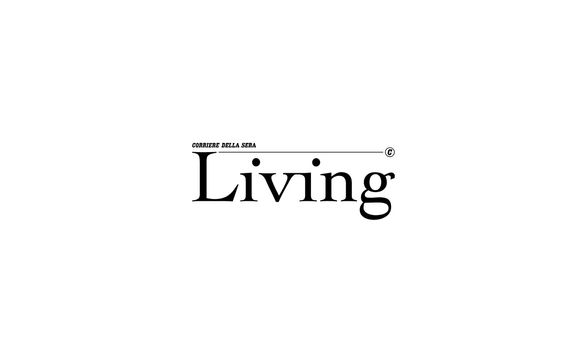Not a city, not a suburb: the interior areas are the other space.

Published
13 Jun 2019
Reading
4 min
By Maria Fioretti
The journey through images made by the architect and curator of the Italian Pavilion at the Venice Architecture Biennale, which shows us in 60 minutes a large middle ground, like a pier extending into the Mediterranean, revealing an Archipelago in which the islands are the internal areas, 60% of the country. The director Marcello Pastonesi, interviewed by Orticalab.it, explained how it went…
What is right to do after an earthquake? How to rebuild? How much can we exploit a forest? How will we move from one place to another in the future? Where can we live better and longer? And why?
Abandonment opposed to care. And then sustainability. These are the themes that gave rise to the idea of “Arcipelago Italia. Projects for the future of the country’s interior territories” chosen by the curator Mario Cucinella, for the Italian Pavilion at the 16th International Architecture Exhibition of the Venice Biennale 2018.
The documentary that recounts this vision “The other space“ is the natural continuation of the exhibition. Produced by SOMEONE and RAI CINEMA and directed by Marcello Pastonesi and Carlo Furgeri Gilbert, it tells the story of Mario Cucinella’s journey through the interior areas of Italy. A great middle ground, like a pier stretching into the Mediterranean, where the traditional contrast between North and South is dematerialized, revealing an Arcipelago, in which the islands are the interior regions of Italy, projecting like a pier into the Mediterranean.
Spaces, places, areas, which are not metropolitan cities and not suburbs, but which represent 60% of the country and are precisely, The other space: “We left from Venice and we returned to Venice – says Marcello Pastonesi – we passed through the Alps, Liguria, the Apennines, Sicily and Sardinia, going up to Puglia, in Alta Murgia. Passing through the Casentino forests on the border between Tuscany and Emilia-Romagna”.
In these places were born the arts, crafts, knowledge, which gave life to the cities, with their architecture, their squares, our cultural heritage first, then the manufacturing industry. Cut off from the transport networks that connect the large urban centres, these areas have become depopulated and often live in abandonment.
Cucinella has met the people who live in these places. A shepherd who still does the transhumance in Alta Murgia, the painter who tells stories by painting murals on the walls of the houses of Orgosolo, the inhabitants of Gibellina nuova, the city born on the ruins of the earthquake of Belice, rich in works of art of immense value, but unfinished and abandoned. And then again a Camaldolese friar, the order that for a thousand years has taken care of the Casentino Forests. The solitary eagles, escaped from the metropolis, that come from all over the world and work thanks to the wide band of the visionary project of the Telematic Village of Colletta di CastelBianco.
“The question at the base of everything was: what can architecture and the architect do to relaunch the internal areas and bring them to new life? Cucinella will certainly have found the answers he was looking for, I as a director took the opportunity to get to know places where usually you are just passing through, I stopped and it was an interesting discovery at every stage.”
Marcello Pastonesi […] is a documentary filmmaker and Mario Cucinella met him for the first time in the Gaza Strip: “He was building a school, I follow foreigners a lot and I was there at the same time. They brought us together and so our first work on Um al Nasser’s children’s centre was born. Unfortunately, the continuous clashes in Gaza destroyed it. We made two trips together and stayed in touch”.
Of this trip to the country, he particularly recalls an episode that happened in Gibellina, Sicily: “It’s a special place, divided between the old part affected by the earthquake and the new part due to reconstruction. A shepherd with his four sheep says that you live better in Gibellina new, because the old one was steep, tiring, while today the country is large, full of meadows. In the meantime, a conference was held inside a theatre and those who were at the table said exactly the opposite, complaining of a lack of contact and sense of community. Cucinella, without having heard the pastor, had the same opinion. There I discovered Mario better and appreciated his common sense and practicality. I saw in him what I had seen in the old shepherd, rather than the speculation of those who spoke from above without ever having lived in Gibellina”.
“We have chosen to call the documentary “The other space” to give the sense of an immense space outside the concept of a metropolitan city and also outside that of the suburbs, which recounts Italy in its relations with nature, with territories that are sometimes difficult, but powerful, full of culture”.
For more information about the Docufilm and the possibility of organizing screenings: comunicazione@mcarchitects.it








